d70girl
TPF Noob!
First of all, I want to say hi! I'm new here. I've been a TPF user for all of an hour, so forgive me if I'm asking redundant questions.  I'm fairly certain most of you are going to read this and either laugh at me or think I should sell my camera and buy a Kodak Funsaver, but hey... gotta start somewhere. :mrgreen:
I'm fairly certain most of you are going to read this and either laugh at me or think I should sell my camera and buy a Kodak Funsaver, but hey... gotta start somewhere. :mrgreen:
I just bought a Nikon d70s Digital SLR. This is the first "real camera" I've ever owned or used, and for my skills (I am COMPLETELY NEW to photography), it's great. Photography is something I've always wanted to do, and I seem to have an eye for it, so... I decided to buy a camera and see what happens.
Problem is... this camera takes fabulous pictures... when it's on the Auto settings. When I shoot in manual, everything comes out grainy. I know this HAS to be something I'm doing or not doing, but I'm trying to figure out what. I'm also fairly sure it's to do with the ISO/aperture settings, because I'm still new at that. I'll try to describe what's happening so that hopefully someone can help.
When I shoot in manual, everything comes out grainy. I know this HAS to be something I'm doing or not doing, but I'm trying to figure out what. I'm also fairly sure it's to do with the ISO/aperture settings, because I'm still new at that. I'll try to describe what's happening so that hopefully someone can help.
When I take the picture, there's a little scale at the bottom of the viewfinder (light meter, maybe?) that lets you know whether you're overexposed, underexposed... and I try to adjust the ISO and aperture so that I'm in the middle, close to the "0" mark.
As for what ISO/aperture I'm shooting at, it's usually ISO 50 for indoors, anywhere between 100 - 400 for outdoors, depending on how bright it is, and aperture varies, as I still suck at it.
When I upload the pictures to my computer to view them, they usually look way darker than they did on the LCD of my camera. So I try to lighten them a bit, but then I get this grain -- like little tiny colored dots all over the picture. ??? Sometimes it even looks like lines going across the picture. ???
What the heck am I doing wrong? Is there hope for me?
Any help or tips that anyone could offer would be super. (I might just have to break down and take a class, right?)
I just bought a Nikon d70s Digital SLR. This is the first "real camera" I've ever owned or used, and for my skills (I am COMPLETELY NEW to photography), it's great. Photography is something I've always wanted to do, and I seem to have an eye for it, so... I decided to buy a camera and see what happens.
Problem is... this camera takes fabulous pictures... when it's on the Auto settings.
When I take the picture, there's a little scale at the bottom of the viewfinder (light meter, maybe?) that lets you know whether you're overexposed, underexposed... and I try to adjust the ISO and aperture so that I'm in the middle, close to the "0" mark.
As for what ISO/aperture I'm shooting at, it's usually ISO 50 for indoors, anywhere between 100 - 400 for outdoors, depending on how bright it is, and aperture varies, as I still suck at it.
When I upload the pictures to my computer to view them, they usually look way darker than they did on the LCD of my camera. So I try to lighten them a bit, but then I get this grain -- like little tiny colored dots all over the picture. ??? Sometimes it even looks like lines going across the picture. ???
What the heck am I doing wrong? Is there hope for me?
Any help or tips that anyone could offer would be super. (I might just have to break down and take a class, right?)


 ) and snap away... .because my main subjects ( ie. my kiddies!) are 4 and 2 i usually just shoot on auto focus.... they're just too bloody quick and i figure if i muck around focusing manually, i'm bound to miss some moments!! hope ive been of some help?! xx look forward to checking out your first posts! xxand beware.... this site is addictive! x
) and snap away... .because my main subjects ( ie. my kiddies!) are 4 and 2 i usually just shoot on auto focus.... they're just too bloody quick and i figure if i muck around focusing manually, i'm bound to miss some moments!! hope ive been of some help?! xx look forward to checking out your first posts! xxand beware.... this site is addictive! x![[No title]](/data/xfmg/thumbnail/39/39288-2d76486ccc9042c6fb525aaaaffff1fb.jpg?1619738957)
![[No title]](/data/xfmg/thumbnail/39/39289-c5ea6a611707fdd5786347f4a67d63ae.jpg?1619738957)
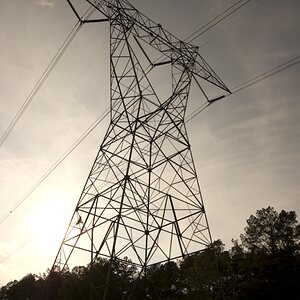
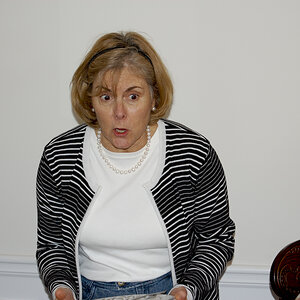
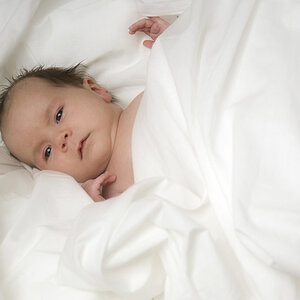
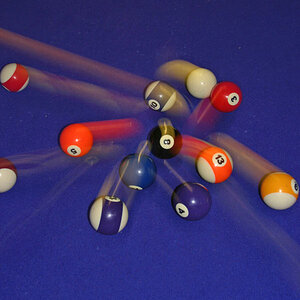
![[No title]](/data/xfmg/thumbnail/31/31748-63241c520f250328a5ec32959b8f53d0.jpg?1619734989)
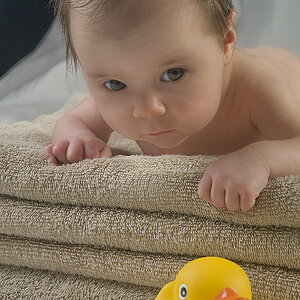
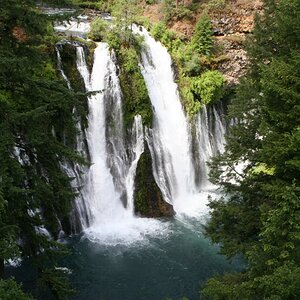
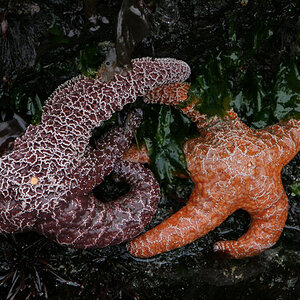
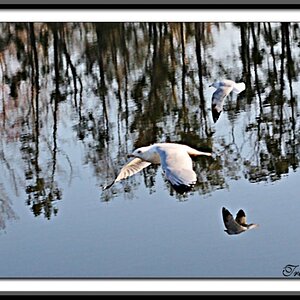
![[No title]](/data/xfmg/thumbnail/35/35948-700e0d840da0ca73727b1bd6d99b4142.jpg?1619737257)